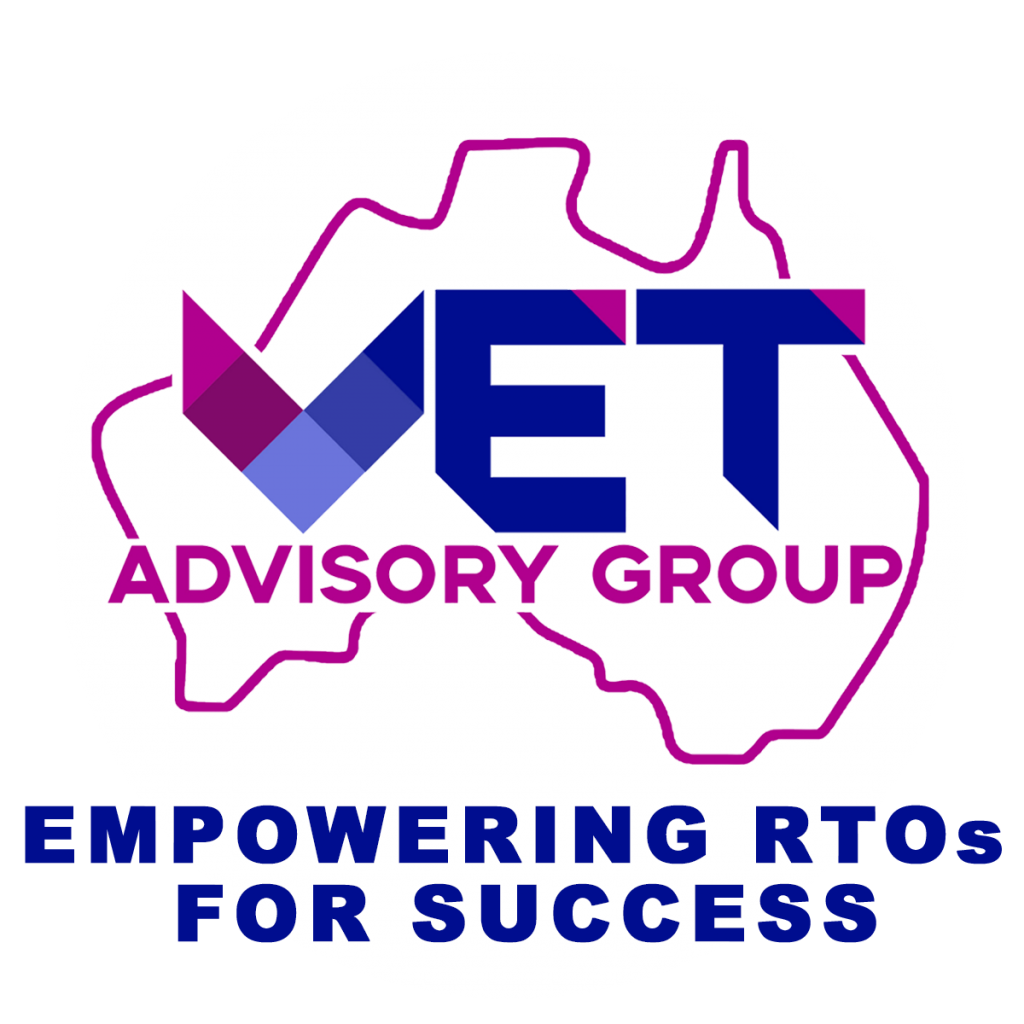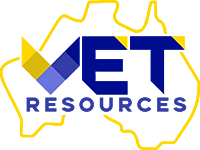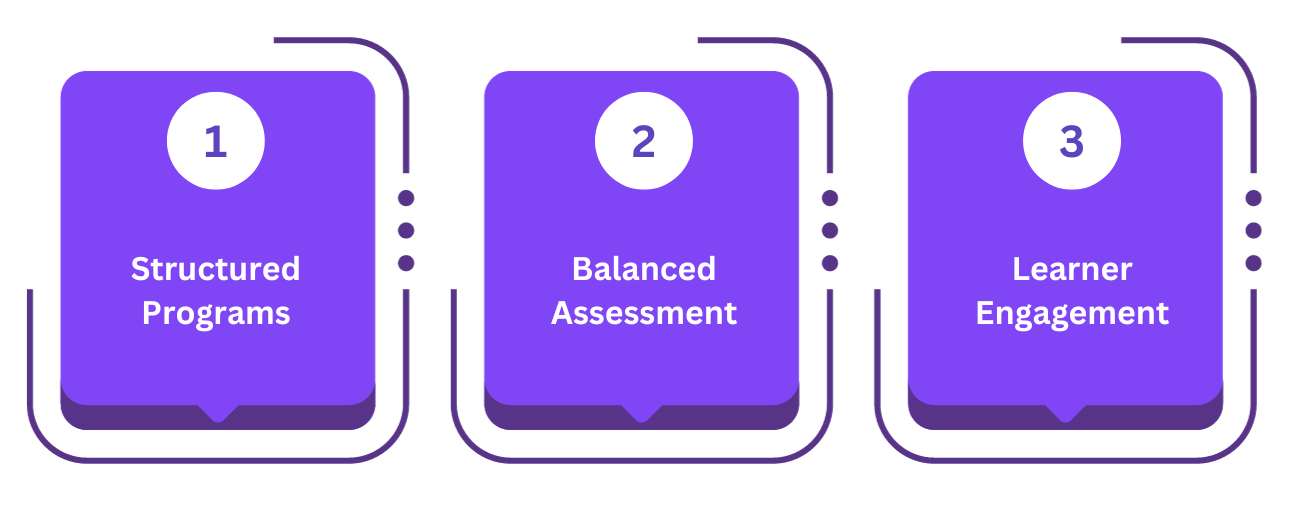
Introduction
The Australian Skills Quality Authority (ASQA) is crucial, especially for Registered Training Organisations (RTOs) in Australian education. A key aspect is understanding and implementing the Volume of Learning, a vital component ensuring learners receive a well-rounded and comprehensive education. This concept is closely tied to the Australian Qualifications Framework (AQF), providing a structured approach to learning and assessment. The Volume of Learning encompasses the amount of time a learner dedicates to their education, including formal learning activities and personal study. For RTOs, grasping the intricacies of the Volume of Learning is essential, not just for compliance, but for enhancing the overall quality of education and aligning learning outcomes with industry standards.
The Volume of Learning is a reflection of the duration of delivery, the number of hours spent on learning and assessment, and the application of knowledge in real-world scenarios. It considers the mode of delivery, recognition of prior learning, and the needs of learners, ensuring a tailored educational experience. For educators and learners alike, understanding the Volume of Learning is paramount, as it influences the structure of a training program and the assessment of overseas qualifications. In this article, we will explore the Volume of Learning in-depth, discussing its impact on RTOs and providing insights on navigating and implementing it effectively for the benefit of all stakeholders involved.
Unpacking ASQA’s Volume of Learning
Defining Volume of Learning:
- Volume of Learning: The total amount of time required for a learner to achieve the prescribed learning outcomes.
- Components: Includes all teaching, learning, and assessment activities.
- Guidance: Provided by the Australian Qualifications Framework (AQF) through the Volume of Learning Table.
Table: AQF Volume of Learning Indicators
| Qualification Type | Volume of Learning (in years) |
| Certificate I | 0.5 – 1 |
| Certificate II | 0.5 – 1 |
| Certificate III | 1 – 2 |
| Certificate IV | 0.5 – 2 |
| Diploma | 1 – 2 |
| Advanced Diploma | 1.5 – 2 |
| Bachelor’s degree | 3 – 4 |
Importance for RTOs:
- Compliance: Ensuring programs align with AQF recommendations.
- Quality Education: Enhancing educational outcomes through structured learning.
- Tailored Programs: Considering mode of delivery, recognition of prior learning, and learner needs.
Impact on Learners:
- Structured Learning: Clear pathway to achieving competency.
- Recognition: Ensures qualifications are recognized and respected nationally.
- Preparedness: Better prepares learners for employment or further education.
This section outlines the key aspects of the Volume of Learning, its components, and its significance for both RTOs and learners. The AQF Volume of Learning Indicators Table is a valuable tool, guiding RTOs in structuring their programs to ensure quality education and compliance with national standards.
Determining the Appropriate Volume of Learning
Factors Influencing Volume of Learning:
- Prior Knowledge: Recognition of prior learning and experience can reduce the required volume.
- Mode of Delivery: Different modes, such as online or face-to-face, can impact the learning duration.
- Learner Needs: Tailoring the volume to meet the specific needs and capabilities of the learners.
Calculating Volume of Learning:
- Formula: Nominal Supervised Hours + Unsupervised Hours = Volume of Learning
- Supervised Hours: Structured learning and assessment activities delivered by the RTO.
- Unsupervised Hours: Private study, research, and work experience.
Ensuring Compliance and Quality:
- Alignment with AQF: Programs must align with the AQF’s Volume of Learning recommendations.
- Sufficient Training: Providing enough training to ensure learners achieve the required competency.
- Evidence-Based Approach: RTOs must justify deviations from the recommended volume with solid evidence.
Addressing Challenges and Confusions
Common Challenges with Volume of Learning:
- Ambiguity: Overlapping parameters between the Volume of Learning and the Amount of Training can confuse.
- Inconsistent Interpretations: Different regions within ASQA may interpret requirements differently, leading to varied audit outcomes.
- Lack of Clear Guidelines: The absence of explicit instructions on what to include or exclude in training time calculations.
Strategies to Overcome Challenges:
- Seeking Clarity: RTOs should contact ASQA or consult the VET Quality Framework for guidance.
- Documentation: Maintaining comprehensive records and justifications for the Volume of Learning and Amount of Training.
- Continuous Learning: Staying updated with the latest VET news and regulation changes.
Ensuring Quality and Compliance:
- Alignment with AQF: Ensuring programs align with the AQF’s Volume of Learning recommendations.
- Rational Approach: Using an evidence-based and reasoned approach to determine the Volume of Learning.
- Audit Preparedness: Being ready for the RTO audit process with all necessary documentation and justifications.



